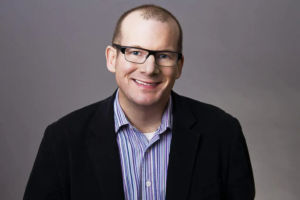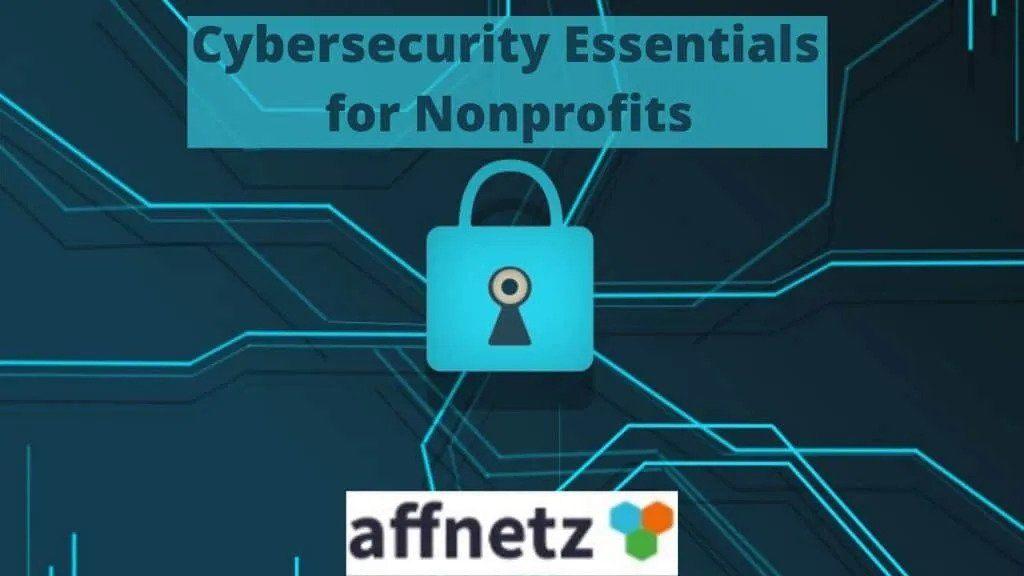Why and how do you launch a major donor program? Well, let’s start with facts: Over the past four decades I’ve found that 5% of donors usually account for 90% of an organization’s fundraising results.
So, it’s pretty obvious – you need to pay attention to the 5% of donors that provide 90% of the organization’s funding! That’s not to say you ignore the other 95% of supporters, it’s just basic math. This is why you launch a major donor program.
Some organizations consider a major donor anyone that donates over $250 – while many universities consider major donors as anyone donating over $250,000. That’s quite a range….
Then there’s trying to figure out – is a major donor someone that gives a single gift above $1,000? What if they make monthly gifts of $83.34 (which is over $1,000 for the year) – do they count as a major donor too? I’ve usually gone with one-time gifts over a certain dollar amount – and stewarded monthly donors a different way (blog post coming on building a monthly donor program).
There are all sorts of algorithms to determine who is a major donor based on past giving, but absent having an outside fundraising firm run an RFM report (recency, frequency, and monetary value), you can do this in-house. A good starting point is to analyze your donor records and determine the largest gifts you’ve received over the past three years. If you don’t have good nonprofit or fundraising software, just use Excel and conduct a sort on gift amounts over the past three years. Then, dedupe the list, and you’ve got your top donors and donation amounts in order.
Use the sorted and deduped data to identify the top 20 to 30% of donors, then make a cut-off at the lowest amount for donors in the 20 to 30% range, and you’ve got your major donor amount.
There is really no wrong answer here – and you can always adjust the amount.
So, you’ve spent time on determining what donation amount qualifies someone as a major donor. Now, you must determine what does being a “major donor” mean? Namely:
- How does the organization treat a major donor?
- Is there more communication?
- Is there more one-od members in developing relationships with major donors?
- How will you keep major donors engaged in the organization’s work?
- Do you know what are tn-one communication?
- Do you involve boarhe key interests and motivational triggers of your major donors related to your organization?
The real work begins once a major gift is made. It’s essential to develop a strategy to communicate with and involve each major donor based on their interests. Uncover these interests through a variety of ways, but realize that the best method is usually in face-to-face meetings.
The most difficult gift to get is the first gift, but if you do a great job of stewarding and engaging your major donors, you will maximize the donor’s joy of giving and ensure a mutually beneficial relationship.
Affnetz offers a Major Donor Module, so organizations can easily track and follow their major donors. We built this because we found other software programs bury major donors in a basic donor module that doesn’t provide the functionality and visibility needed to build and sustain a thriving major donor program.
With Affnetz’s Major Donor Module, you’ll know where major donors are in the four phases of fundraising: Identification, Cultivation, Solicitation, and Stewardship. You can keep track of where you are with all your major donors. In addition to your fganizational leadership, you can grant modundraising staff and orule access to your fundraising volunteers who will value the ease of use, and “at-a-glance” summary of information, briefing notes, and history of interactions with each major donor.
Author
Mike is a recognized expert, thought leader, advisor and speaker in the Nonprofit world. Over the past four decades, Mike served as an Executive Director, COO, see more




